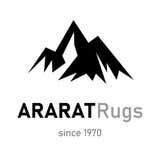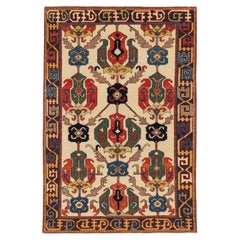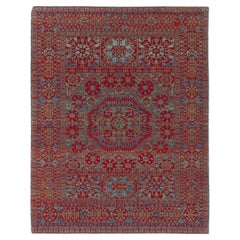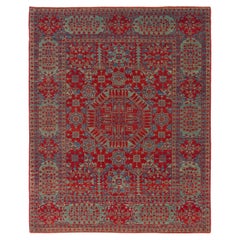About ARARAT RUGS
We know and believe that the geography we come from, our past, and our lifestyle are the most important bond between us to carry the oriental carpet art and culture to the next generations along with our core values in our ongoing growth journey. We are aware that the way to achieve this goal and carry this priceless art and culture to the future depends on a lot of work with all our people every day while adhering to our core values. For us, art is meaningful in the sense that it brings together various cultures around the world. It is an honor for us that oriental carp...Read More
Featured Pieces
21st Century and Contemporary Turkish Revival Caucasian Rugs
Wool, Natural Fiber, Organic Material
21st Century and Contemporary Turkish Revival Turkish Rugs
Wool, Organic Material, Natural Fiber
21st Century and Contemporary Turkish Revival Turkish Rugs
Wool, Natural Fiber, Organic Material
21st Century and Contemporary Turkish Revival Turkish Rugs
Wool, Natural Fiber, Organic Material
21st Century and Contemporary Turkish Oushak Turkish Rugs
Wool, Natural Fiber, Organic Material
21st Century and Contemporary Turkish Revival Persian Rugs
Wool, Natural Fiber, Organic Material
21st Century and Contemporary Turkish Revival Caucasian Rugs
Wool, Natural Fiber, Organic Material
21st Century and Contemporary Turkish Revival Persian Rugs
Wool, Organic Material, Natural Fiber
21st Century and Contemporary Turkish Revival Turkish Rugs
Wool, Organic Material, Natural Fiber
21st Century and Contemporary Turkish Revival Persian Rugs
Wool, Natural Fiber, Organic Material
2010s Turkish Kilim Pillows and Throws
Organic Material, Natural Fiber
2010s Turkish Kilim Pillows and Throws
Natural Fiber, Organic Material
More About ARARAT RUGS
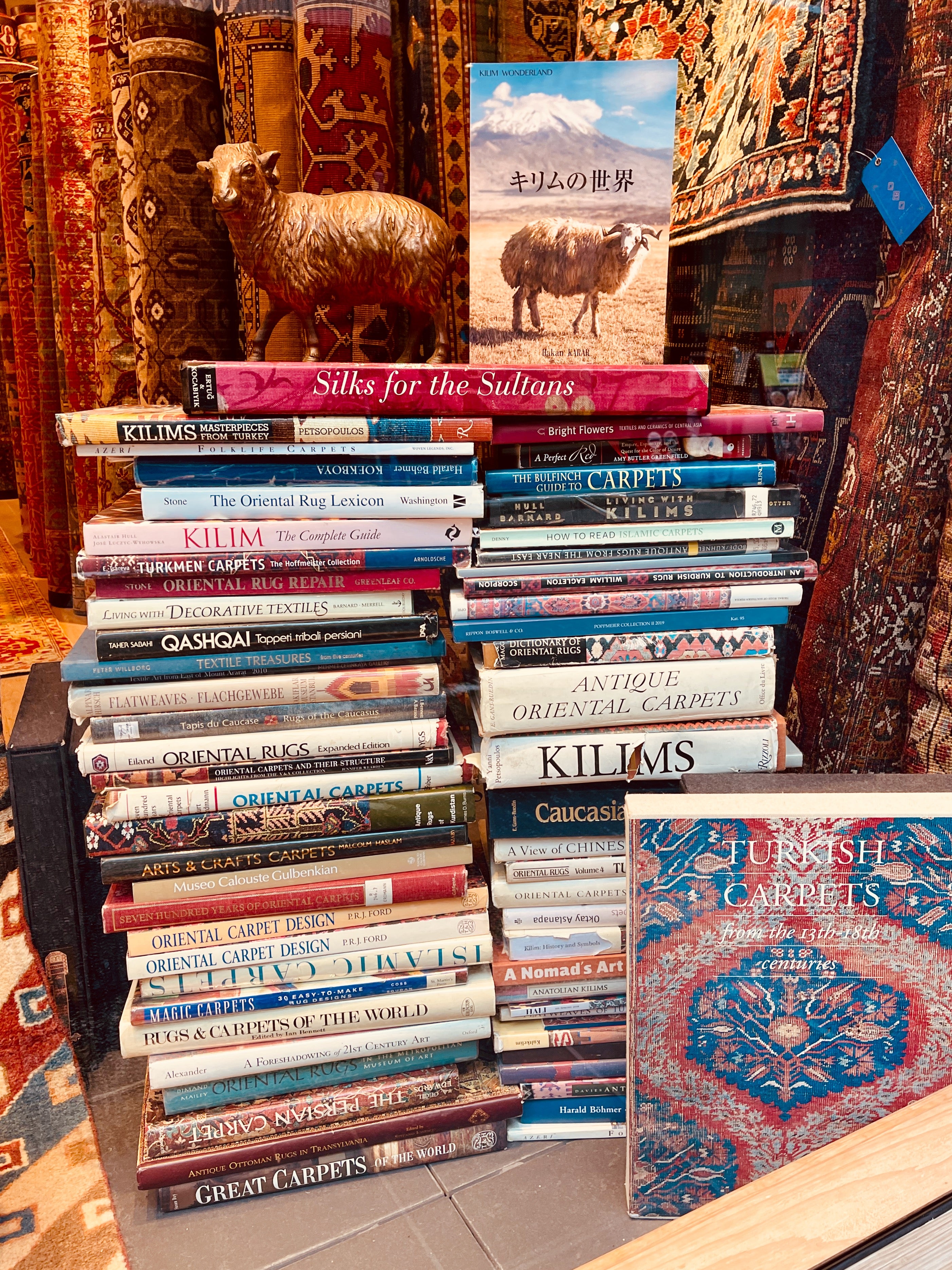
We are proud of our oriental carpets book collection as much as we are proud of the collection we produce. Books, magazines, and auction catalogs that we have collected for Ararat Rugs for many years, have an important place for us. It gives us incredible pleasure to improve and update ourselves, add more information to our daily knowledge, and share this information with our employees, business partners, and customers.
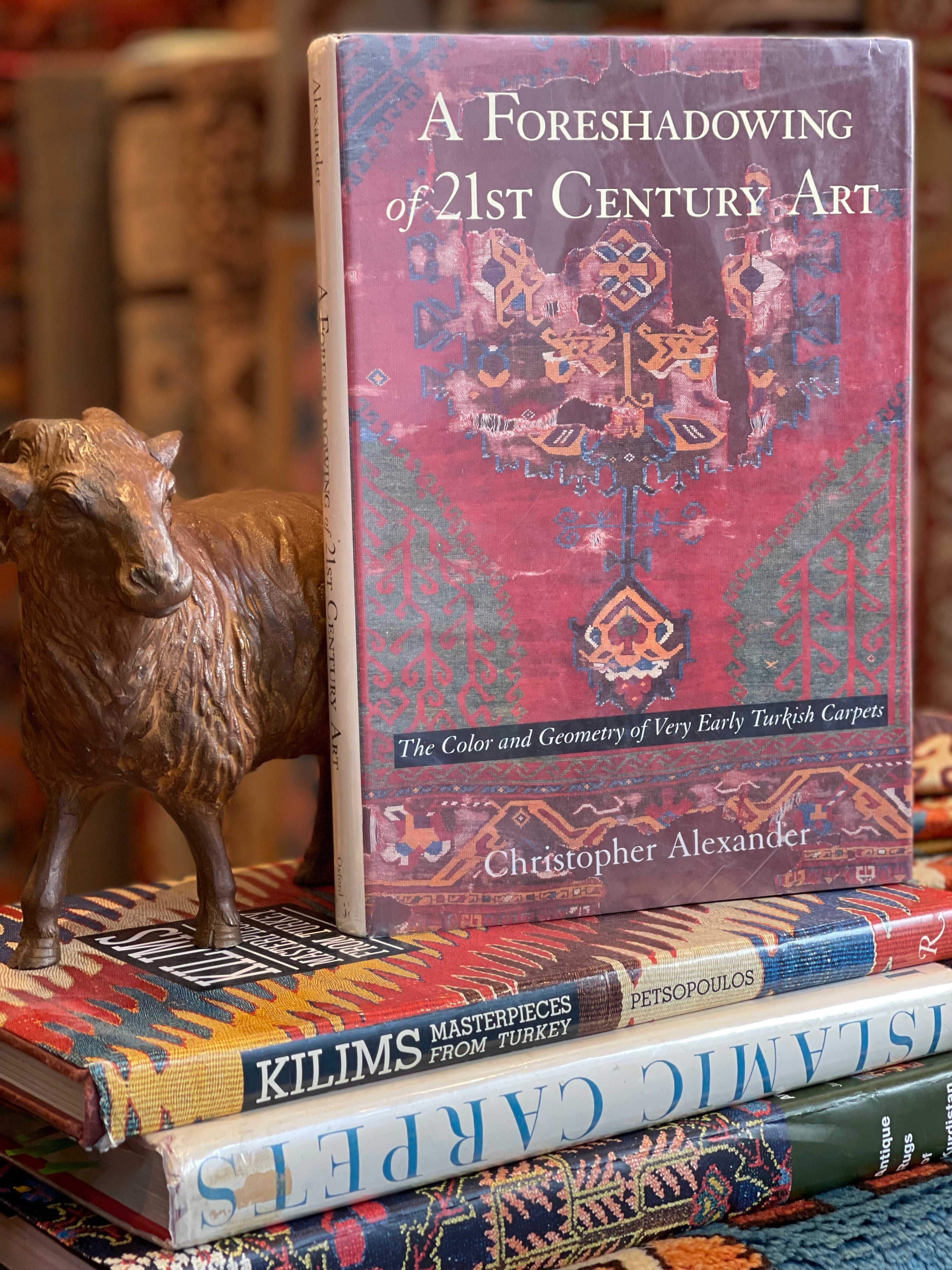
While examining our website, the 100% natural carpets we produce, you will notice that their designs and sources belong to some books or museums. Here, we are working day and night to search the various books and catalogs, choose the ones that have not been reinterpreted before, give them a second life by producing them, and pass these designs to the next generations. There are more than 200 rare books in our collection.

Akkaraman Sheeps from the Ararat Mountain. As in every part of the world, we are constantly investing and cooperating with state and non-governmental organizations to keep the old art of carpet weaving alive, especially in Anatolia and Mesopotamia. The materials used in our carpets that decorate your home or valuable places come from the natural beauties that mother nature gives us.
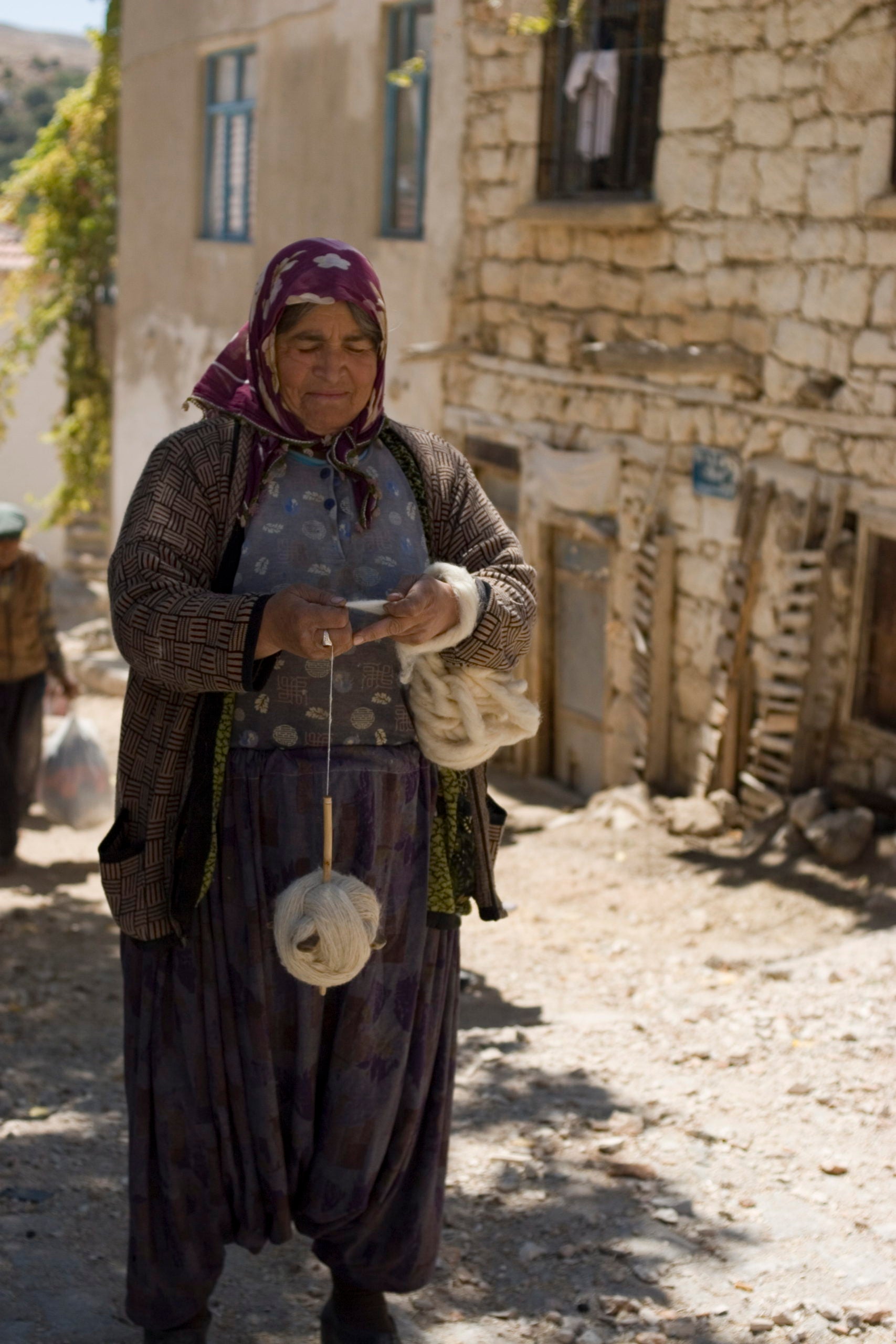
Our aim is to empower women at work, we deliver wool ravings for spinning to elder women only in the villages, to help them economically and socially. It’s a mutual benefit for Ararat and the community in the region cause elder women have high skill in spinning from long years of expertise. We respect the environment, protect and develop the old and produce these unique works in 100% natural ways. We are honored with this.

Ararat’s Color Chart Carpet is not made in a day. It has been years of experience and knowledge passed through DOBAG and Herald Böhmer. Ararat is now carrying the flag of those values to the future. As you may see in our Color Chart Rug, how to dye each color has been clarified and each recipe is stored as an Ararat’s Rug knowledge treasure. Of course, it is not limited to this, and the fact our specialists can dye more colors as you wish
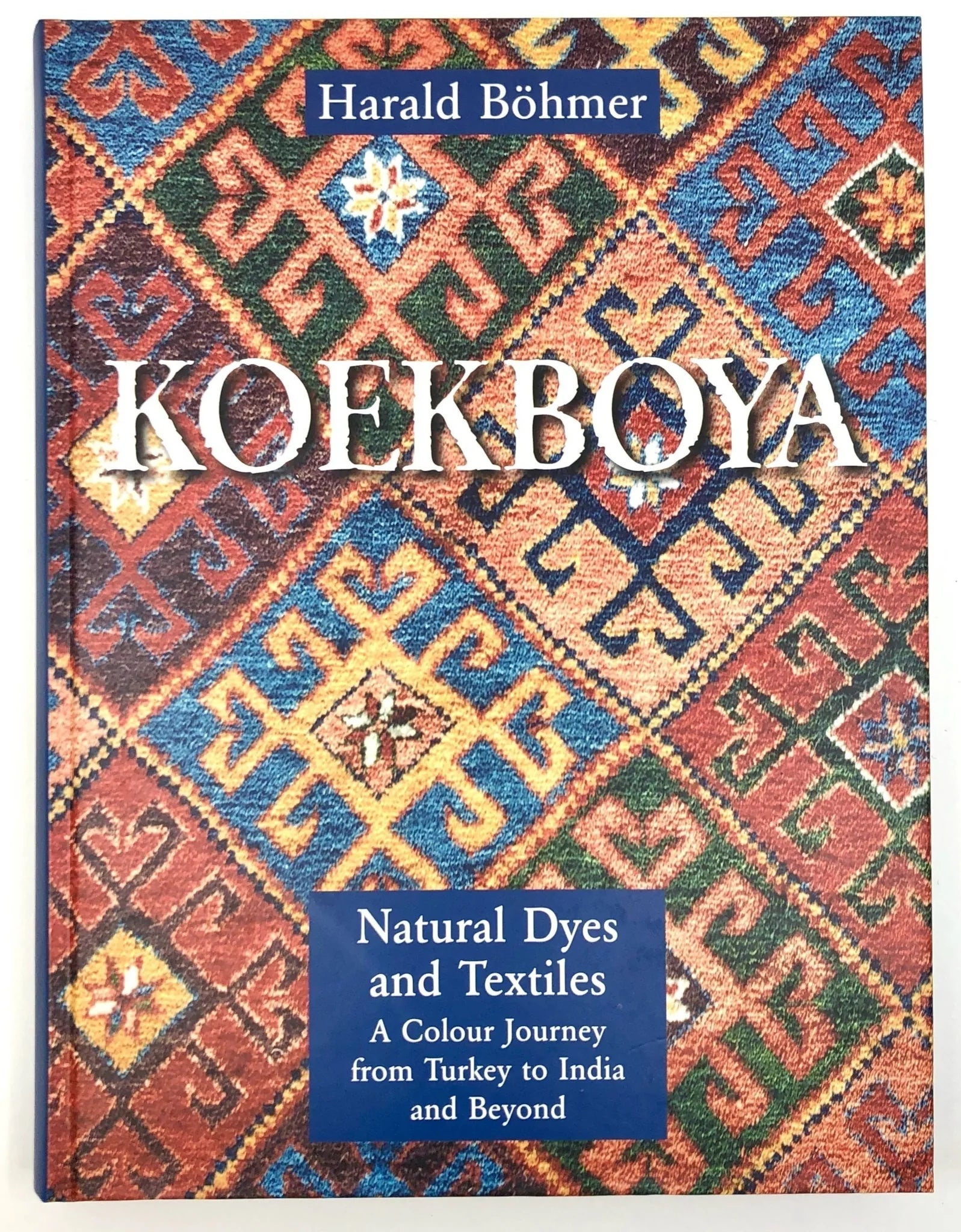
Ararat is proud to keep the knowledge and experience of Dr. Refik Korur, Dr. Harald Böhmer, and Recep Karadag (Assistant of Böhmer). Without these efforts, we would not have been able to have the dream of creating antiques for the 21st century. Rome was not built in a day, and in fact, it took a long, long time to create the background of our Color Chart Carpet.

Yarn dyeing is hot, heavy, and hard work. This process is the work of a strong and experienced staff. There are 600 liters of water in a custom-made dyeing pot made of stainless steel. While heating it with a gas burner, about 20 kilograms of thread is dyed at a time. Depending on the color, it may take a whole day to dye it, expose it to the air, and then dye it again. For each color, a fixed Ararat Rugs recipe & procedure is followed.
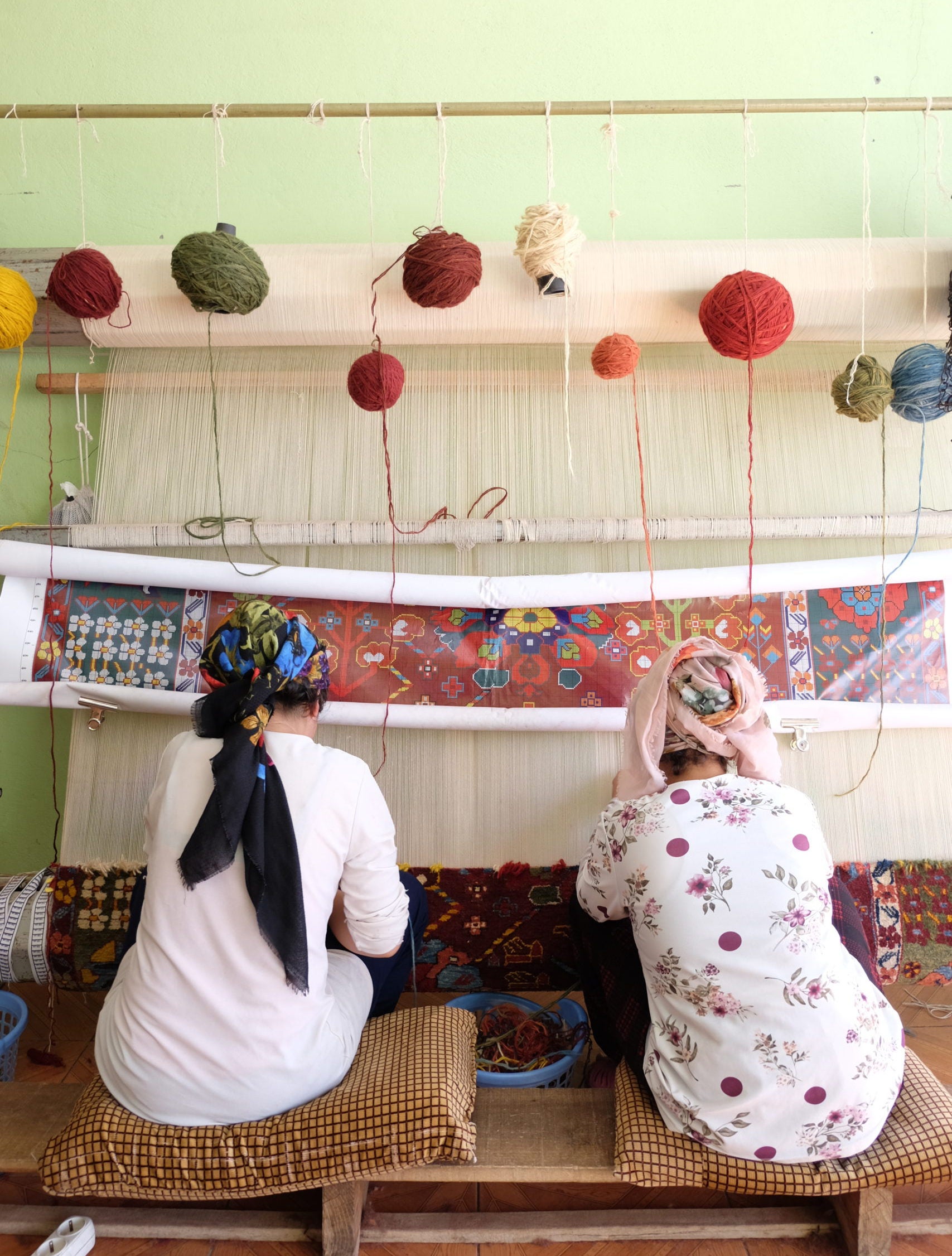
The production processes of carpets with unique patterns, which are produced with natural materials and completely traditional methods, are followed constantly. Weaving a carpet on a loom is a delicate process. It requires attention and effort. Considering the locations of the villages in this geography, following the process on-site is at least as difficult as weaving a carpet. We are proud to succeed.
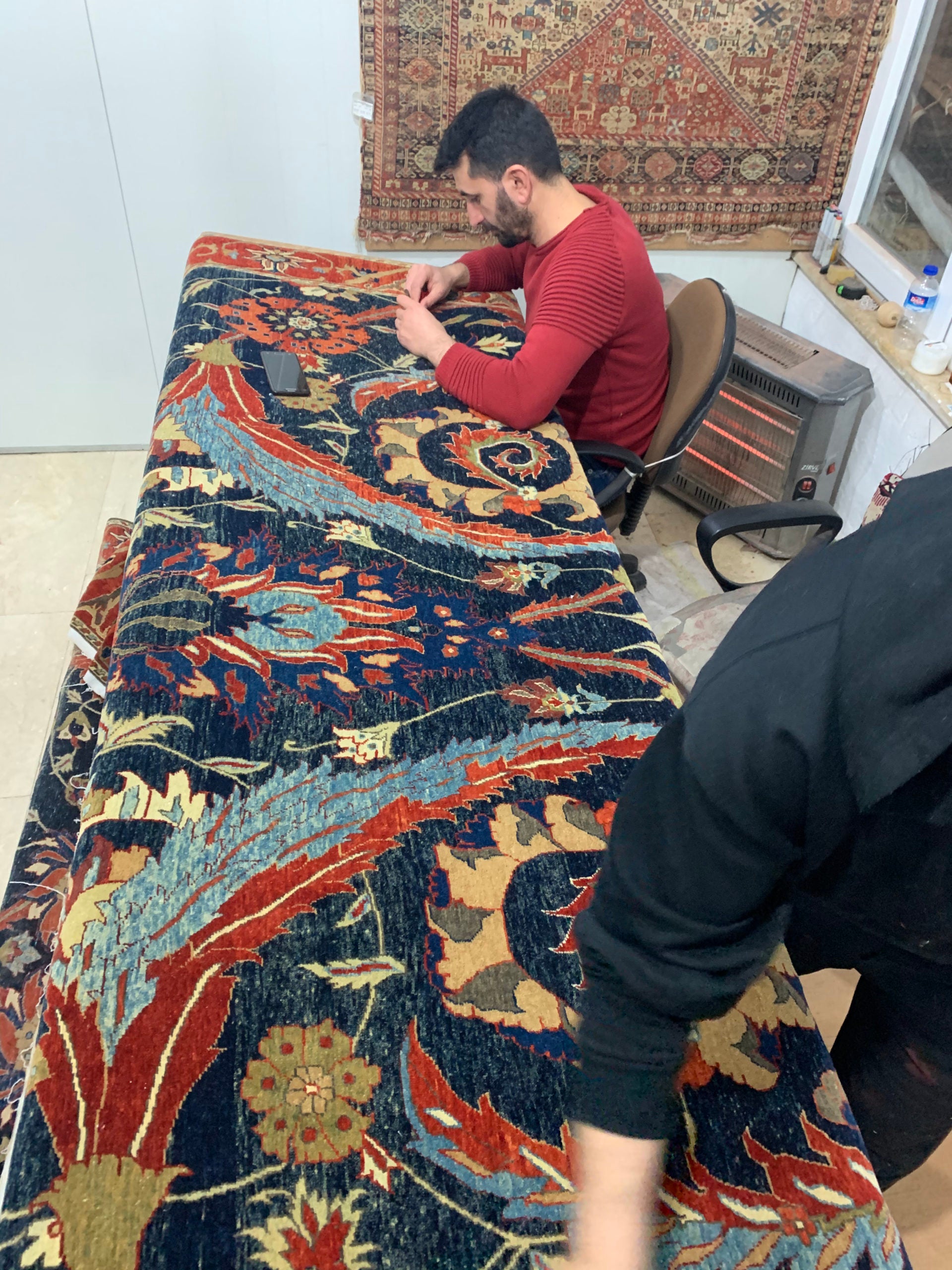
Final Checks for Kirman Rug, 2021 Malatya-Turkiye. There is a long way to go for a carpet that has finished weaving. After weaving, all the processes are according to our guidelines and are followed by an experienced team. Producing a carpet in the most traditional and natural ways is a matter of our responsibility towards the environment and our mission. This also adds extended life to your carpet beyond having a perfect carpet.
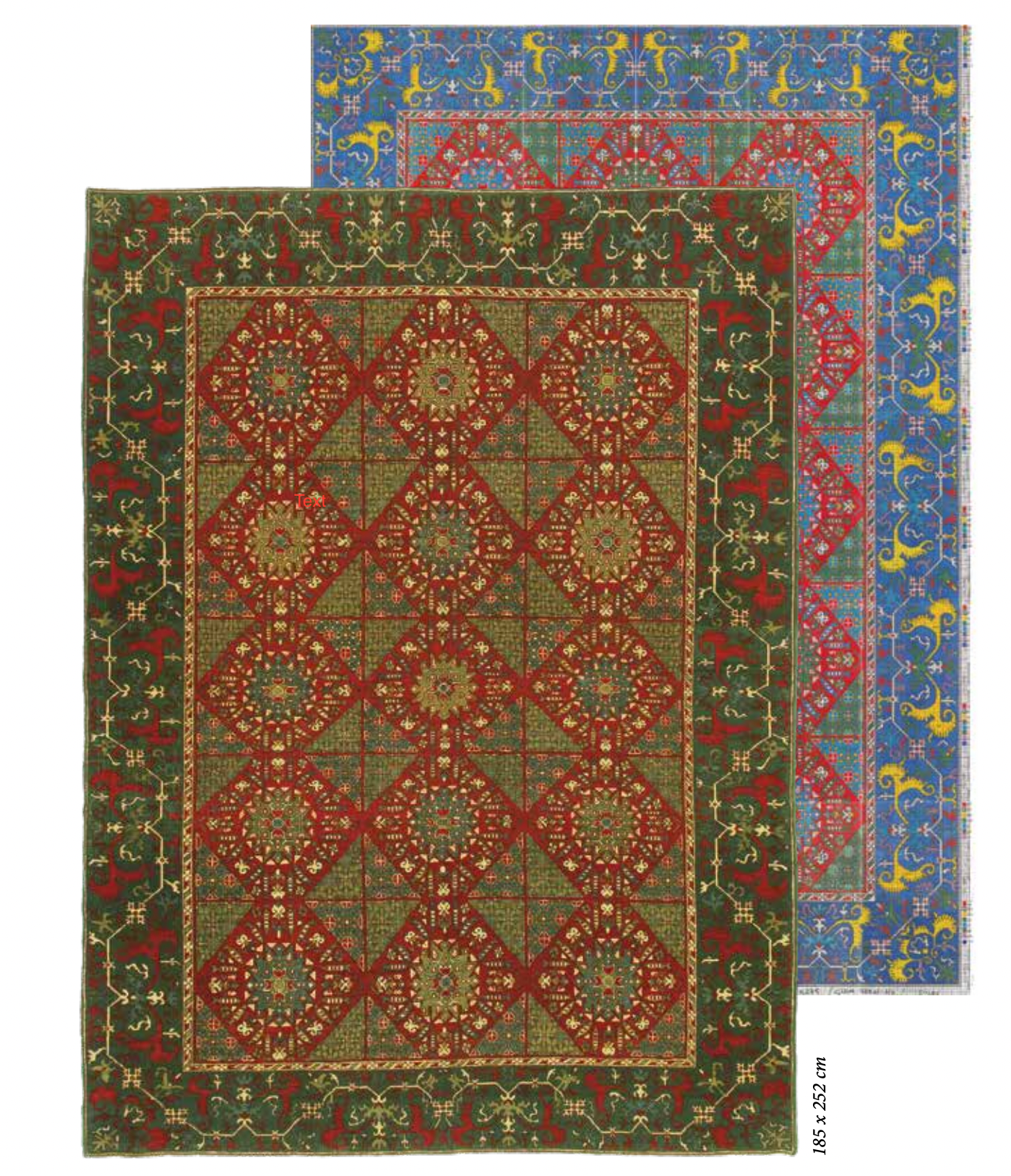
Our Chestboard Rug in the front with same size hand-drawn design backside. Our goal is not to create so-called replicas or copies. The characteristics (pattern, color tone, material, weave, etc.) are unique to Ararat, and we are proud of creating unique and our own. We choose our authentic colors and patterns while staying true to the earliest examples of the original carpets in the past, reinterpreting them for posterity.
